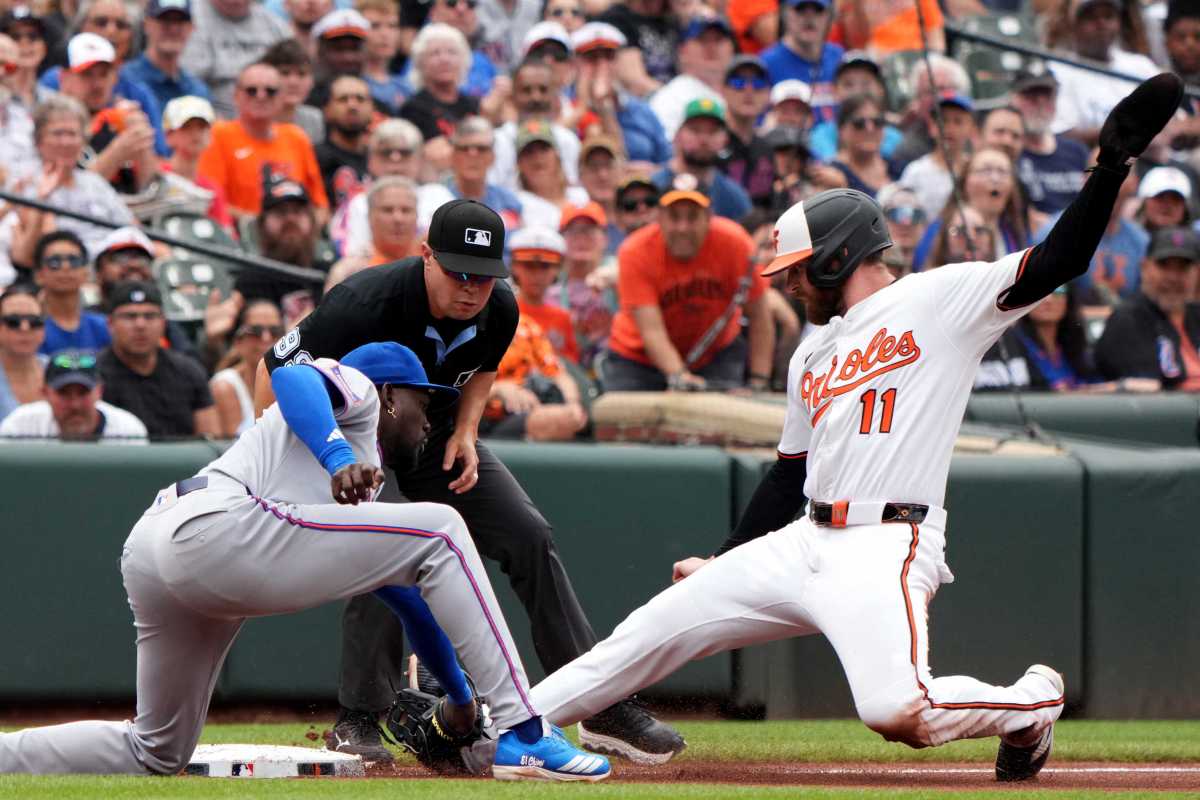The sports betting industry has been booming since a landmark Supreme Court ruling paved the way for New Jersey to legalize gambling on sports in June.
Interested in making a wager, but not exactly sure how sports betting works? Check out this step-by-step guide.
What is a line?
The 2018 NFL season season is upon us with the defending Super Bowl champion Philadelphia Eagles kicking off the year with a victory over the Atlanta Falcons on Thursday Night Football. So, using the NFL as an example, let’s break down what an NFL line is. (Note: The following numbers are just being used as an example and aren’t real betting-line numbers).
New York Giants -7.5 -150 42.5
Jacksonville Jaguars +7.5 +120 42.5
Let’s say these are the numbers you see on a betting line for Week 1. In this scenario, the Giants are the favorite at -7.5. That means you would need Big Blue to defeat the Jaguars by at least 8 points to win the bet. On the flip side, if you’re rolling with the Jags, you’d need them to lose by at least eight points according to this line.
How to Read a Money Line
Again, according to the faux line example we have above, those picking the Giants would to need to bet $150 to win $100 in profit since the G-Men are favored. The Jaguars’ money line means that you’d net $120 in profit for every $100 bet.
How to Read Over/Under Totals
Above, you’ll note that the total rests at 42.5 points. Deciphering that with the over/under is simple. If you ride with the over, you’re hoping that the Giants and Jaguars combine to score at least 43 points. If you’re going with the under, you’re hoping that the squads combine to score 42 points or less. Over/Under totals are usually set to -110, which means that a $110 wager would win you $100 in profit.
Say you come across this matchup from Week 1. (Note: Again, the following numbers are not actual odds numbers):
Buffalo Bills (+150)
Baltimore Ravens (-$170)
The bracketed numbers are the odds. The negative (-) spells out odds that are more likely to happen, while the positive (+) are the odds on a result that less likely to happen. So, in this faux example, oddsmakers have the Ravens favored to win. That means, picking them would spell less of a payout than picking the underdog Bills. Using the numbers above as an example, you’d need to bet $170 on the Ravens to win $100 in profit or $17 to win $10 in profit. Meanwhile, a $150 bet on the Bills would get you the same $100 profit.




















